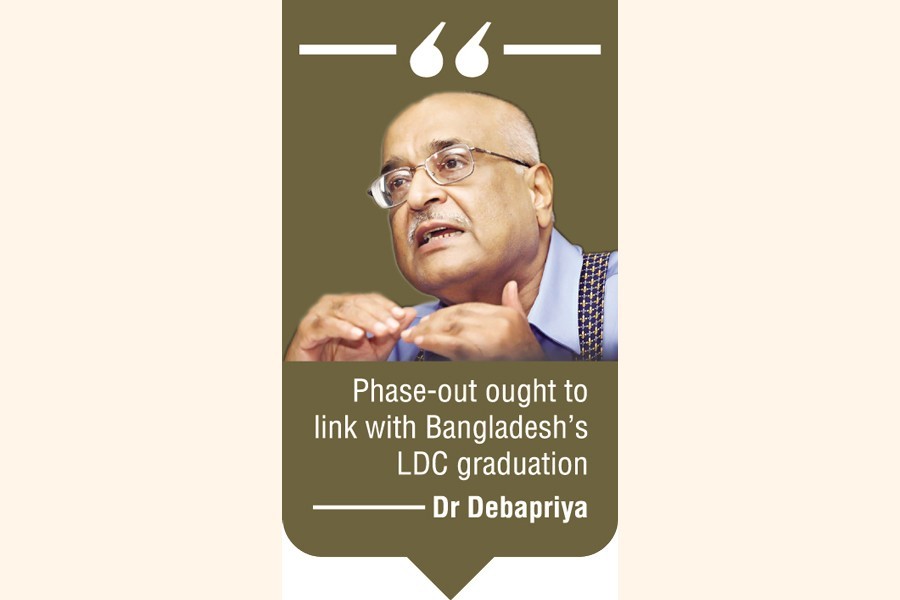A final reckoning starts on the outcome of providing trade subsidies to different sectors and how further they need it to become self-reliant as spoon-feeding has to stop after Bangladesh's LDC graduation.
Finance officials have said in the current fiscal year 43 sectors are selected for cash incentives or export subsidies ranging up to 20 per cent to assist them to compete in the international market.
They observe that the government has provided trade subsidy to various sectors for a long time but still the export earnings remained concentrated only in a few sectors, which indicate that they are failing to grow despite fiscal backup.
A senior officer of the finance ministry told the FE questions arise about how long the export subsidy should be continued from the public money with no fruitful results. "Many sectors took away billions of taka as trade subsidy over the years but still their exports were very meagre."
He said the policymakers are of the opinion that there is very little success in export-product diversification and also market diversification. Thus doubt is there whether or not the way followed in providing support to various sectors is faulty.
The official said the government has formed seven subcommittees to prepare strategies for time-bound action to successfully face the challenges after graduation from the least-developed country (LDC) group.
One of the subcommittees is looking into the issue of how the trade sectors will face the challenges when subsidies/cash incentives are withdrawn after graduating to developing-country status from the world's poor-country club.
The subcommittee has also been asked to assess why the many other sectors, save the few successful ones, failed to flourish by utilising the cash bounties for very many years.
In the fiscal year 2021-22 Bangladesh's export earnings stood at US$52.08 billion of which 94 per cent came from eight types of product shipments. They are woven, knitwear, home textiles, frozen and live fishes, agricultural products, jute and jute goods, leather, leather goods and footwear, and engineering equipment.
Dr Debapriya Bhattacharya, distinguished fellow at the Centre for Policy Dialogue (CPD), says the government needs to take a phasing-out programme on cash incentives/subsidies in tune with the country's graduation plan.
Because, he says, Bangladesh would not be able to continue the support both from the World Trade Organisation (WTO) point of view and also from the county's fiscal sustainability after graduation.
The programme should include productivity growth, diversification strategy, and administrative-efficiency improvement, he suggests.
"The question is why Bangladesh failed to achieve diversification in its export basket which one may argue that the overconcentration of policy attention on the garment sector may have been one of the major impediments".
He notes that at the first stage the incentives were concentrated only on the garment sector and other export outputs were not also equally encouraged. Now, finally, some of the other non-garment sectors have been included and also support for new markets has been given.
"But one may say there is an incentive addiction in the export sector," the economist quipped.
"We will have to think of a phasing-out approach but with a focus on new products and new markets," he notes.


